What a difference a little heat makes
kwie2011
9 years ago
last modified: 9 years ago
Featured Answer
Sort by:Oldest
Comments (52)
Tiffany, purpleinopp Z8b Opp, AL
9 years agokwie2011
9 years agoRelated Discussions
What a difference a little maturity makes
Comments (7)Wow Lisa, I could have sworn I sent you an e-mail back when you sent me a pic of Sagae. I know I had it all written out, maybe I clicked the wrong button when I sent it, I'm known to be dingy at times, lol. Anyhow, I said how well your Sagae was looking and how well the erromena's are doing for me and how much I'm enjoying them. I'll have to send you a pic of them when I get their spot weeded....See MoreA little heat for germination
Comments (1)I used to direct sow Super Sugar Snap Peas the first of March, but was always disappointed with the germination. Now I plant presprouted seeds in peat pots in mid Feb, place them on a plant bench with a soil cable under sand on a glassed-in porch and as soon as they emerge, put a light on them on cloudy days. They are in a south facing window and get enough light on sunny days. It only takes two weeks this way to have plants ready to go in the garden--still first of March. But it is important that the plants only have light during the day--they need 8 to 10 hours of darkness at night. ONce in the garden I sprinkle human hair over the plants to discourage the rabbits. I get twice the yield this way than when I planted them directly. Dorthy...See MoreDifferent heat effects of different peppers?
Comments (34)How much can stress affect the hotness of a pepper? My mother-in-law grew her Jalapenos in a hallway during winter - relatively cool with little light. She got a few small peppers only but they were amazingly hot. I grew habs and bonnets and that J was definitely hotter. That been said, i've noticed a huge difference between my container grown J's and those in the ground. The ones in containers have a lot better growing conditions (more nutrients + i can move them when the weather is unfavorable), yet they turn out mild. The ones in the ground growing in impoverished soil are much hotter. Thai Dragons (F1, not a heritage, growing upwards) are subjectively the hottest ones i got this year among red and orange habanero, red and yellow scotch bonnets, tabasco and jalapeno. Although i must say that the habs i've tasted so far are also from containers. Waiting for the ones in the ground to ripen to get a final conclusion....See MoreAmazing what a difference a little TLC will make!
Comments (9)That's fantastic ! So did they need new soil or a bigger pot ? Curious if maybe mine do too !...See Morekwie2011
9 years agolast modified: 9 years agoTiffany, purpleinopp Z8b Opp, AL
9 years agokwie2011
9 years agokwie2011
9 years agoTiffany, purpleinopp Z8b Opp, AL
9 years agoruss_fla
9 years agokwie2011
9 years agolast modified: 9 years agoruss_fla
9 years agokwie2011
9 years agoruss_fla
9 years agokwie2011
9 years agokwie2011
9 years agoruss_fla
9 years agoruss_fla
9 years agokwie2011
9 years agolast modified: 9 years agokwie2011
9 years agoruss_fla
9 years agokwie2011
9 years agoruss_fla
9 years agokwie2011
9 years agoruss_fla
9 years agokwie2011
9 years agoStush2049 Pitts. PA, zone 6
9 years agoStush2049 Pitts. PA, zone 6
9 years agoruss_fla
9 years agoStush2049 Pitts. PA, zone 6
9 years agokwie2011
9 years agokwie2011
9 years agoRuss1023 (central Fla)
9 years agokwie2011
8 years agos8us89ds
8 years agolaticauda
8 years agolast modified: 8 years agokwie2011
8 years agocooliceball
8 years agowoodnative
8 years agoRuss1023 (central Fla)
8 years agowoodnative
8 years agocooliceball
8 years agokwie2011
8 years agoTiffany, purpleinopp Z8b Opp, AL
8 years agocooliceball
8 years agoKim
8 years agokwie2011
8 years agoKim
8 years agofloorwalker IN zone 5b/6
8 years agokwie2011
8 years agoKim
8 years agolast modified: 8 years ago
Related Stories
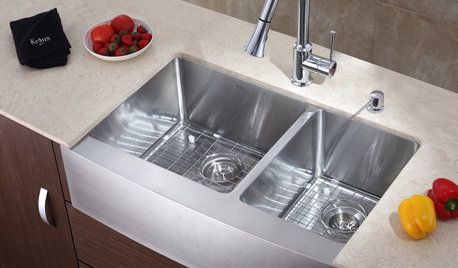
MOST POPULAR8 Little Remodeling Touches That Make a Big Difference
Make your life easier while making your home nicer, with these design details you'll really appreciate
Full Story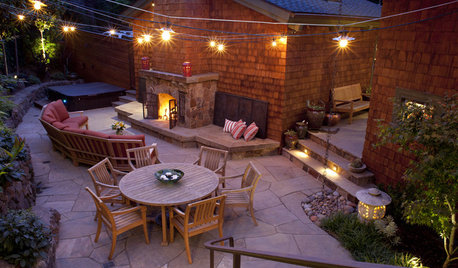
SHOP HOUZZShop Houzz: Little Lights That Make a Big Difference
Illuminate your home and landscape with undercabinet lighting, string lights and nightlights
Full Story0
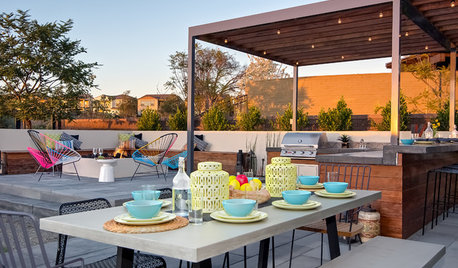
GARDENING AND LANDSCAPING10 Ideas to Make Your Outdoor Kitchen Sizzle
It's the little things that can make a difference, and we're not talking briquettes
Full Story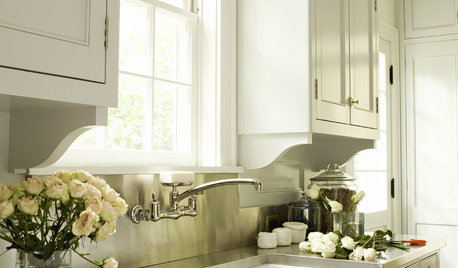
DECORATING GUIDESArchitectural Details Make All the Difference
Are you missing an opportunity to enhance your home with brackets, cabinet feet and moldings?
Full Story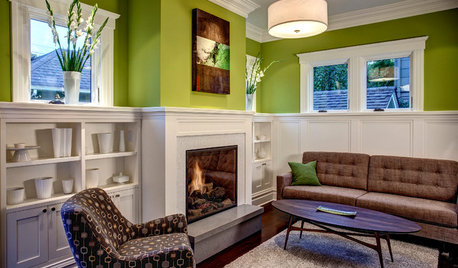
DECORATING GUIDESSingle Design Moves That Make All the Difference
One good turn deserves a whole ideabook — check out these exceptional lone moves that make the room
Full Story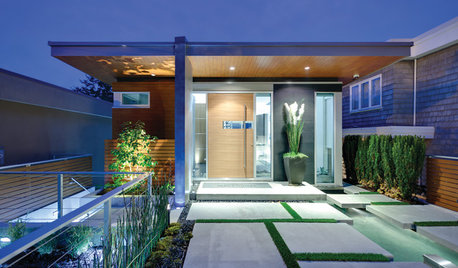
MODERN ARCHITECTUREArchitecture: How Details Can Make All the Difference
To know what makes a home design a hit — or near miss — you've got to understand this key ingredient
Full Story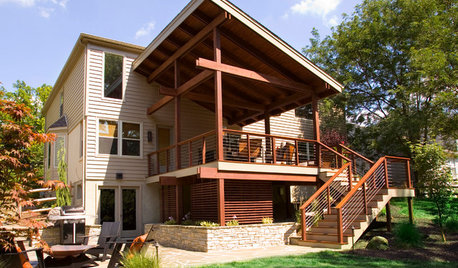
MOST POPULARSee the Difference a New Back Deck Can Make
A dramatic 2-story porch becomes the centerpiece of this Ohio family’s renovated landscape
Full Story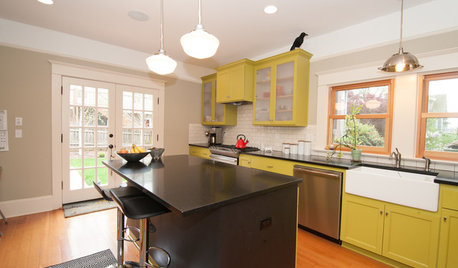
KITCHEN DESIGNKitchen of the Week: What a Difference Paint Can Make
A bold move gives a generic Portland kitchen personality without a major overhaul
Full Story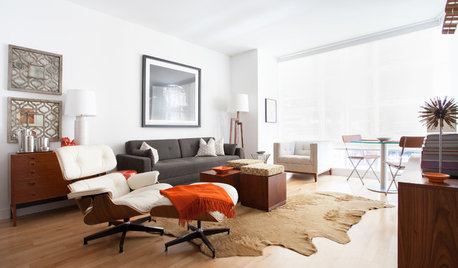
DECORATING GUIDESHouzz Tour: Details Make the Difference in 700 Square Feet
Thoughtfully chosen furnishings, accessories and artwork turn a plain San Francisco condo into a place to call home
Full Story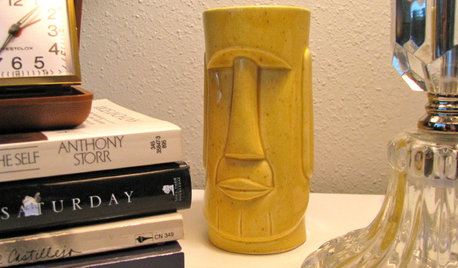
Member Photos: Small Touches Make a Big Difference
Inspiring Vignettes From a Creative Houzz Member's Home
Full Story




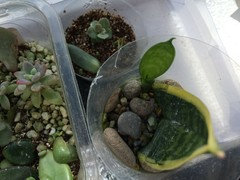
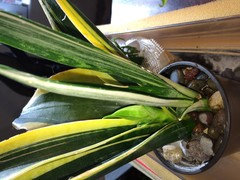
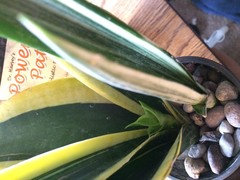

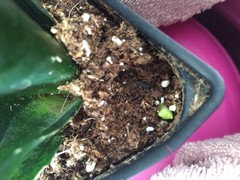
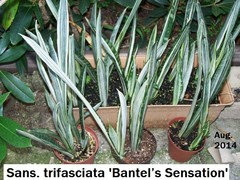
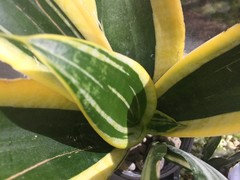
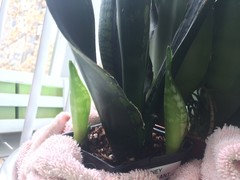

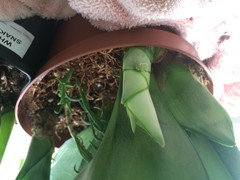

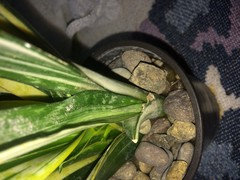

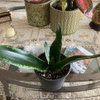

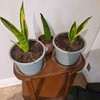
gnfishin